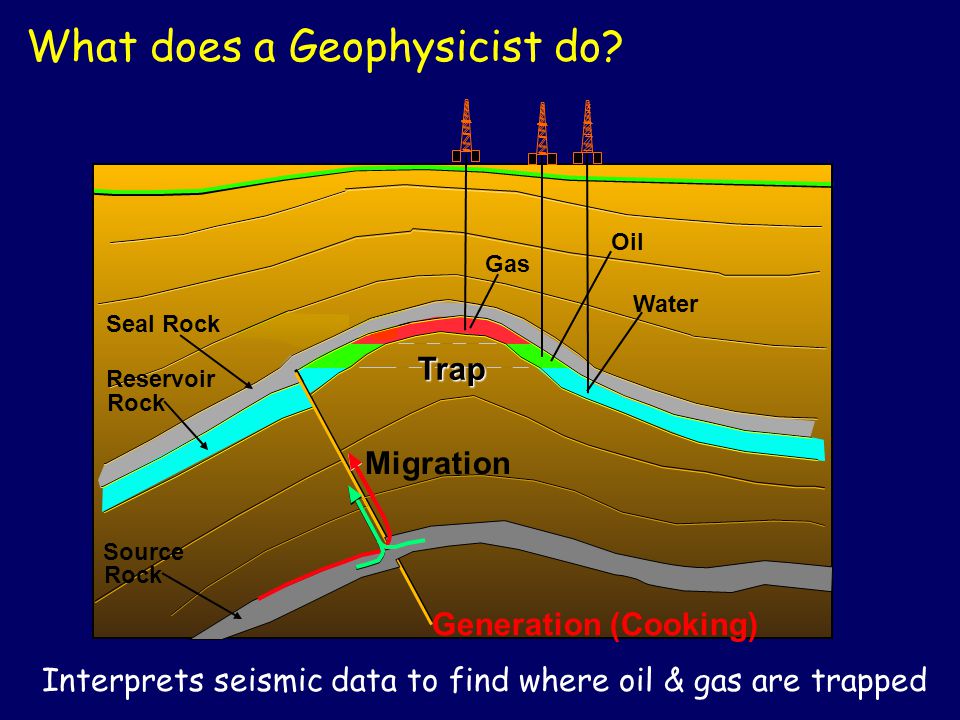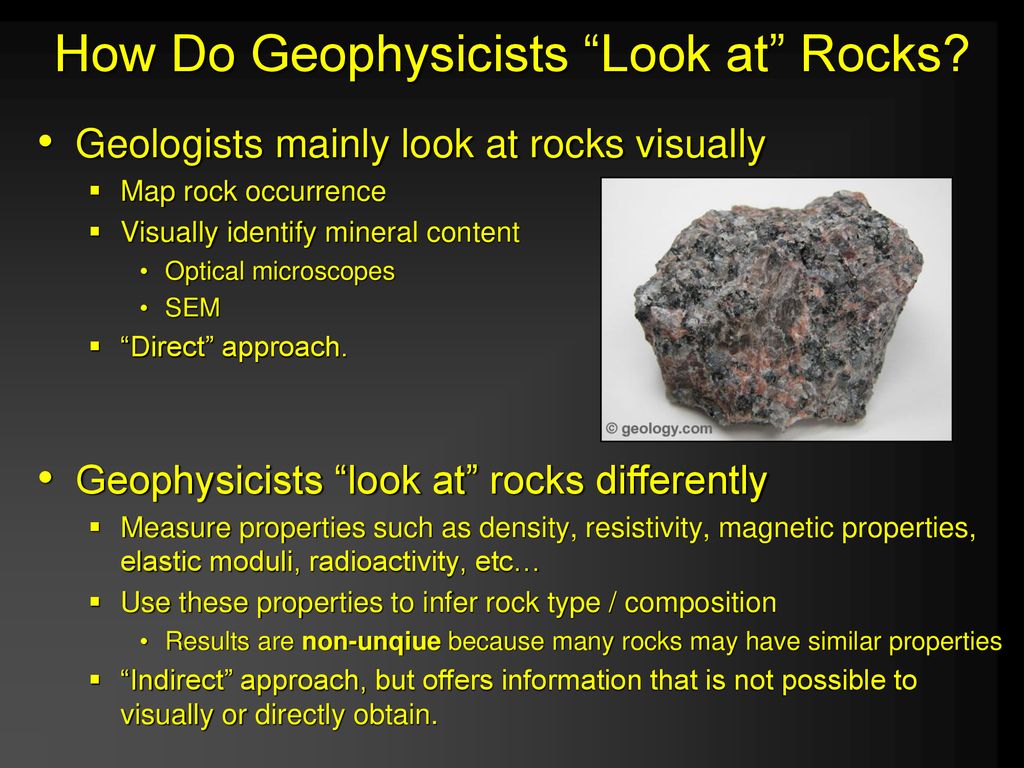All Categories
Featured
Table of Contents
Integrated Geophysical Surveys For The Safety in Guildford Western Australia 2020

The primary model for the radial structure of the interior of the Earth is the preliminary referral Earth model (PREM). Some parts of this model have actually been upgraded by current findings in mineral physics (see post-perovskite) and supplemented by seismic tomography. The mantle is mainly made up of silicates, and the boundaries between layers of the mantle follow stage transitions.

Schematic of Earth's magnetosphere. Circulations from left to.
Inside the magnetosphere, there are fairly dense regions of solar wind particles called the Van Allen radiation belts. Geophysical measurements are usually at a particular time and place.
Geophysical Survey - Mining Fundamentals in Northbridge WA 2022
A three-dimensional position is determined utilizing messages from 4 or more visible satellites and described the 1980 Geodetic Referral System. An alternative, optical astronomy, integrates huge coordinates and the regional gravity vector to get geodetic coordinates. This approach only offers the position in 2 coordinates and is harder to utilize than GPS.
Gravity measurements became part of geodesy because they were required to related measurements at the surface of the Earth to the recommendation coordinate system.
Water level can also be measured by satellites using radar altimetry, adding to a more accurate geoid. In 2002, NASA released the Gravity Healing and Environment Experiment (GRACE), where 2 twin satellites map variations in Earth's gravity field by making measurements of the distance in between the two satellites using GPS and a microwave varying system. , which are studied through geophysics and space physics.
How To Become A Geophysicist in Applecross WA 2021

Considering that geophysics is concerned with the shape of the Earth, and by extension the mapping of functions around and in the planet, geophysical measurements include high accuracy GPS measurements. These measurements are processed to increase their accuracy through differential GPS processing. When the geophysical measurements have been processed and inverted, the interpreted outcomes are outlined using GIS.
Numerous geophysics business have actually designed in-house geophysics programs that pre-date Arc, GIS and Geo, Soft in order to fulfill the visualization requirements of a geophysical dataset. Exploration geophysics is applied geophysics that typically utilizes remote noticing platforms such as; satellites, airplane, ships, boats, rovers, drones, borehole noticing devices, and seismic receivers.
Aeromagnetic data (airplane gathered magnetic data) collected utilizing traditional fixed-wing aircraft platforms should be corrected for electromagnetic eddy currents that are produced as the airplane moves through Earth's electromagnetic field. There are also corrections associated with modifications in measured potential field strength as the Earth rotates, as the Earth orbits the Sun, and as the moon orbits the Earth.
Geophysicist Job Description: Salary, Duties, & More in Lesmurdie Oz 2020
Signal processing includes the correction of time-series information for unwanted sound or mistakes presented by the measurement platform, such as airplane vibrations in gravity information. It likewise involves the reduction of sources of sound, such as diurnal corrections in magnetic data. In seismic data, electro-magnetic data, and gravity data, processing continues after error corrections to include computational geophysics which lead to the final interpretation of the geophysical data into a geological interpretation of the geophysical measurements Geophysics became a separate discipline only in the 19th century, from the intersection of physical geography, geology, astronomy, meteorology, and physics.
The magnetic compass existed in China back as far as the 4th century BC. It was used as much for feng shui when it comes to navigation on land. It was not up until excellent steel needles might be forged that compasses were utilized for navigation at sea; before that, they could not retain their magnetism enough time to be helpful.
By looking at which of eight toads had the ball, one might determine the instructions of the earthquake.'s (1600 ), a report of a series of meticulous experiments in magnetism.
Careers in Melville Western Australia 2020
In 1687 Isaac Newton published his, which not just laid the foundations for classical mechanics and gravitation Also described a range of geophysical phenomena such as the tides and the precession of the equinox. The very first seismometer, an instrument capable of keeping a continuous record of seismic activity, was built by James Forbes in 1844. Dietmar; Sdrolias, Maria; Gaina, Carmen; Roest, Walter R. (April 2008). "Age, spreading rates, and spreading asymmetry of the world's ocean crust". Geochemistry, Geophysics, Geosystems. 9 (4 ): Q04006. Bibcode:2008 GGG ... 9. 4006M. doi:10. 1029/2007GC001743. S2CID 15960331. "Earth's Inconstant Magnetic Field". science@nasa. National Aeronautics and Area Administration. 29 December 2003. Recovered 13 November 2018.
Runcorn, S.K, (editor-in-chief), 1967, International dictionary of geophysics:. Pergamon, Oxford, 2 volumes, 1,728 pp., 730 fig Geophysics, 1970, Encyclopaedia Britannica, Vol. Intro to seismology (2nd ed.).
Latest Posts
Geophysical Survey Methods in Western Australia 2021
Geophysicist Salary in Wembley Downs Aus 2021
Bsc Geophysics in Safety Bay WA 2023